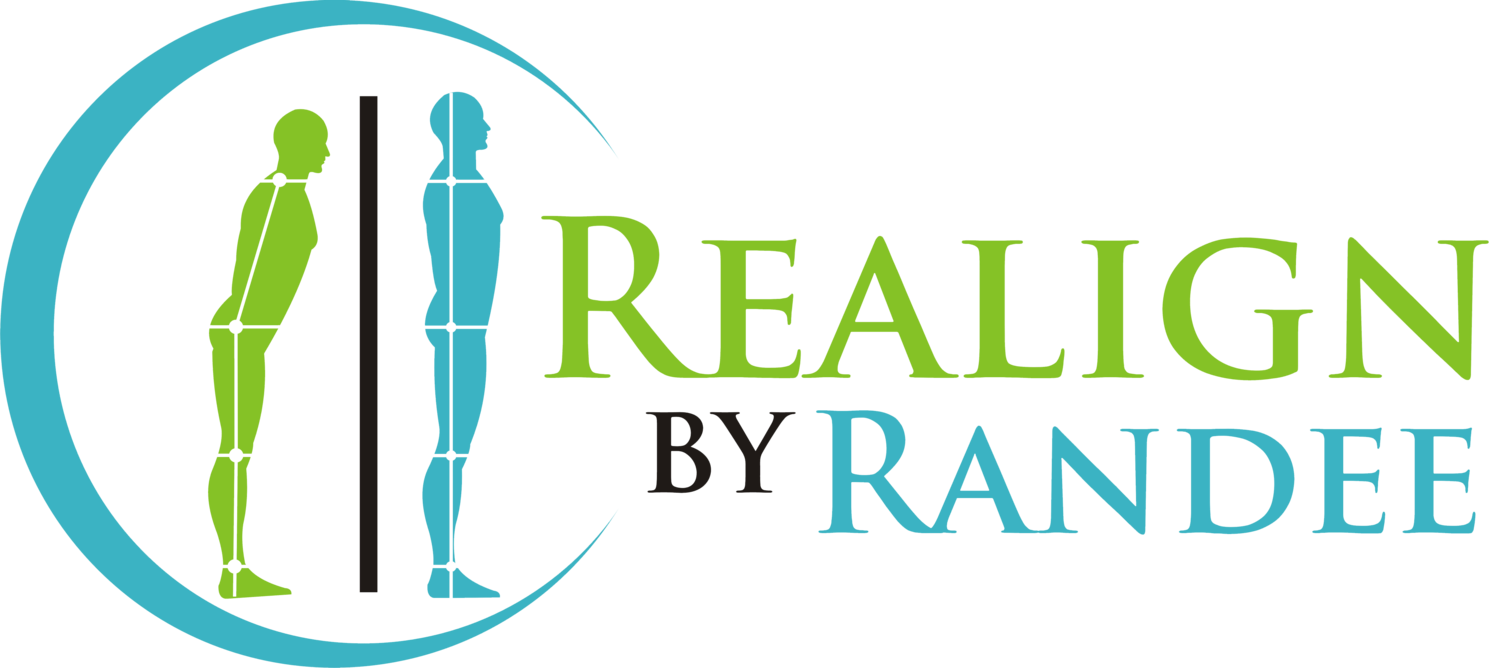Knee pain? Knee Injury? Knee Surgery?
Head to Toe Series Part 3 Knees
Believe it or not, knees are meant to handle crawling, walking, running, and jumping. We have the same knee design as thousands of years ago, but knee injuries are occurring at a much younger age than they did in the past.
Healthy knees work well when they are aligned properly with the ankles and hips. If you had a knee injury, stop and think about what aspect of your legs feels a bit twisted.
What you may not realize about many knee injuries is that sometimes there is no contact involved; it is a landing of the foot and a twist or rotation of the knee that is the mechanism of injury. But if you have a well functioning structure, the joints is going to withstand extra forces better than somebody's knees who are very turned in, bowed out, or collapsed in. It is even more challenging for the knees to endure additional forces when they are both positioned differently.
There are amazing surgeons with state of the art technology that help correct the damage. But, is fixing the damage of the knee from an accident really enough if you haven’t fixed what caused it? You also may not realize that the next ache or pain that shows up, for example unexplained back or shoulder pain, is possibly related to the dysfunctional joints.
“Which comes first, The accident or the dysfunction” - Pete Egoscue
If you had an accident or slip and fall, what is constant is the dysfunctional knee or joint prior to the event.
As a physical therapist, for so many years when I saw repeat clients with multiple injuries I believed it was because they were more accident prone, or genetically weak by design.
Once I became a posture alignment specialist as well, I understood the cause and effect so much more. And, I look back and realize many of these repeat injury patients had more controllable factors going on than just being uncoordinated or the body build being faulty.
Even though the joint's main motion is to bend back and forward it needs some rotation side to side for adjusting to different surfaces. Many times when the joints are not aligned more rotation is being used than there should be, causing extra torque or force on the knee.
What is amazing with my clients, is that you can be very unbalanced and have pain so we work to improve some imbalances and the pain goes away. It is not about trying to have every joint working perfectly in order to feel better.
Tip Time
1. Caution with only using patterned motion (the same walking, daily routine, biking, elliptical etc) which does not stimulate all the joints in the motions they need
2. Self Test: Stand in front a full-length mirror with your knees exposed and shoes off. Straighten your feet out, march in place and then stop and stand naturally. Look at your knees, for more ease you can use a pen or sticker and make a good size dot on the center of each knee cap and on the front of each ankle. Look at how things are stacking or how they are not. If you can walk toward the mirror you might see a zig zag type of motion. The is a result of lack of synchronization.
3.. Try this Knee Drop Exercise
